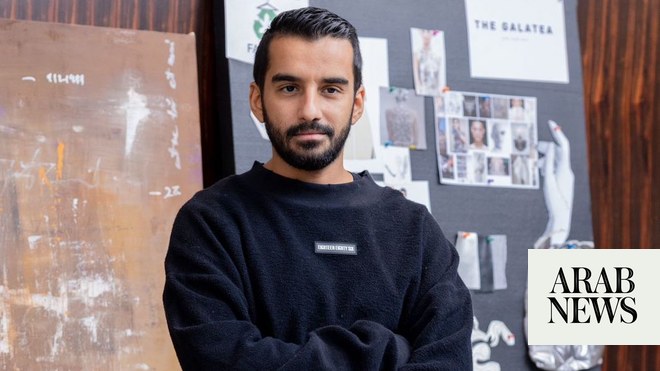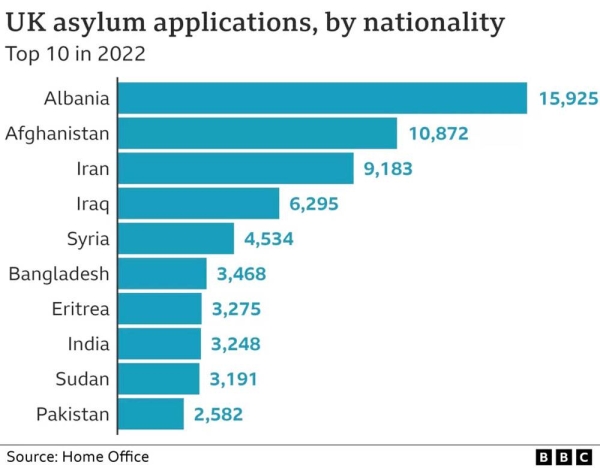
Exiled from the Soviet Union in 1929 by Joseph Stalin, Leon Trotsky drifted from Turkey to Norway to France before finally landing in Mexico in 1937
Taking in Bolivian ex-president Evo Morales could be a politically risky bet for Mexico’s President Andres Manuel Lopez Obrador, a fellow leftist elected last year
MEXICO CITY: From Leon Trotsky to Luis Bunuel to Salvador Allende’s widow, Mexico has a long tradition of offering asylum to political exiles — right down to newly arrived Bolivian ex-president Evo Morales.
Whether Republicans fleeing Francisco Franco after Spain’s Civil War or Argentines, Chileans and Brazilians fleeing military dictatorships in the 1970s, Mexico has welcomed many thousands of political asylum-seekers over the years.
“I’m very proud to head a government that guarantees the right to asylum,” President Andres Manuel Lopez Obrador said Tuesday, as Morales arrived after resigning amid growing unrest triggered by his controversial re-election to a fourth term.
Morales, for his part, said Mexico “saved my life,” after exiting the Mexican air force plane sent to fetch him from a Bolivia in flames.
According to retired Mexican diplomat Agustin Gutierrez Canet, one of the first political figures granted exile in Mexico was Nicaraguan revolutionary Cesar Augusto Sandino, who led an uprising against the US military occupation of Nicaragua in the 1920s.
However, Sandino left Mexico in 1930, frustrated at what he called the Mexican government’s broken promise to aid his cause.
An even more famous figure arrived seven years later: Trotsky.
Exiled from the Soviet Union in 1929 by Joseph Stalin, the Marxist revolutionary drifted from Turkey to Norway to France before finally landing in Mexico in 1937.
“It was the muralist Diego Rivera who asked President Lazaro Cardenas to grant (Trotsky) asylum. But we all know the consequences. Mexican protection failed and Ramon Mercader came along,” said Gutierrez.
Mercader, a Spanish communist and secret agent for the Soviet intelligence services, infiltrated Trotsky’s inner circle, then assassinated him with an ice axe at his home in 1940.
Under Cardenas, who was president from 1934 to 1940, Mexico also welcomed more than 20,000 Spanish exiles fleeing Franco’s regime after the Republicans’ defeat in the Civil War.
The Republican government-in-exile was based in Mexico from 1939 to 1946.
The exiles included the poet Leon Felipe, a friend of Che Guevara and Fidel Castro — who himself fled to Mexico after waging an aborted rebellion in Cuba, then went on to launch the Cuban Revolution from there — and Bunuel, the legendary filmmaker.
Bunuel, a one-time spy and propagandist for the Republicans, moved to Mexico in 1946, becoming a Mexican citizen and filming his classic movie “The Young and the Damned” there.
More exiles arrived during the brutal Latin American dictatorships of the 1970s. They included Hortensia Bussi, widow of Chile’s late socialist president Allende, who fled to the Mexican embassy in Santiago and ultimately Mexico itself after her husband died during the coup that ousted him in 1973.
Mexico also took in Central Americans during the wars that rocked that region in the 1980s, including Guatemalan indigenous activist and Nobel Peace Prize winner Rigoberta Menchu. Taking in Morales could be a politically risky bet for Lopez Obrador, a fellow leftist elected last year.
It could strain the “peace and love” relationship he has sought to maintain with US President Donald Trump, who openly detests Morales.
At home, Lopez Obrador’s opponents were quick to pounce.
Morales “is a dictator clinging to power! He’s a persona non grata in Mexico,” tweeted former president Vicente Fox, of the conservative National Action Party (PAN).
Even celebrated Mexican writer Elena Poniatowska, a Lopez Obrador ally, joined in.
“Why do presidents want to stay in power forever? Why does Evo Morales insist on believing there is no one but him?” she tweeted Saturday.
However, Gutierrez, the diplomat, said granting Morales asylum was in line with Mexico’s commitments under international treaties.
“It’s important that political asylum not be subject to ideological considerations,” he said.
“It’s for people who are being politically persecuted, endangering their lives, liberty or safety.”
That was the case for Morales, he said.
Marta de Cea is glad for Mexico’s asylum tradition.
The 74-year-old Argentine woman fled to Mexico in 1976 after being kidnapped by the military regime.
“They helped us very much. I’m still here after more than 40 years. I’m a Mexican citizen. My home is here, my daughters are Mexican,” she said, her voice breaking.
“I’m very grateful to this country.”












